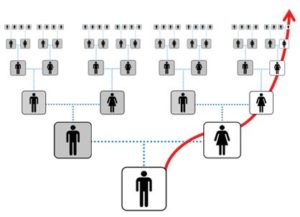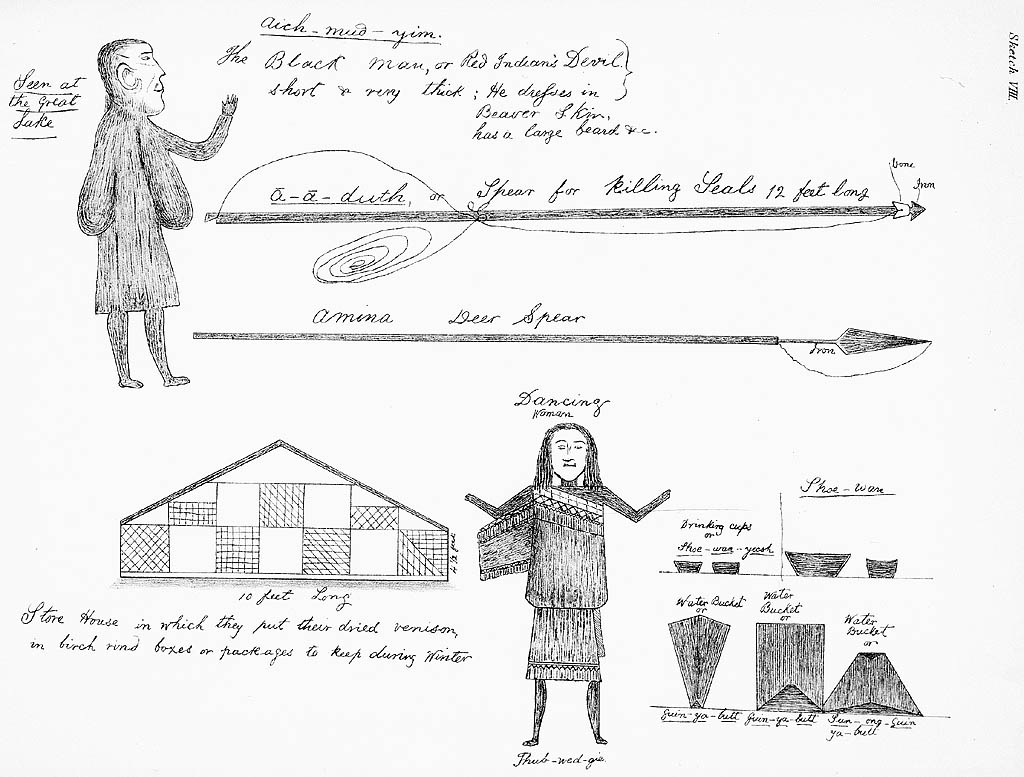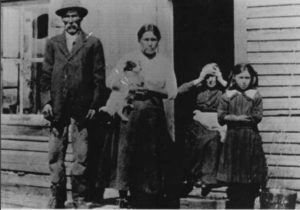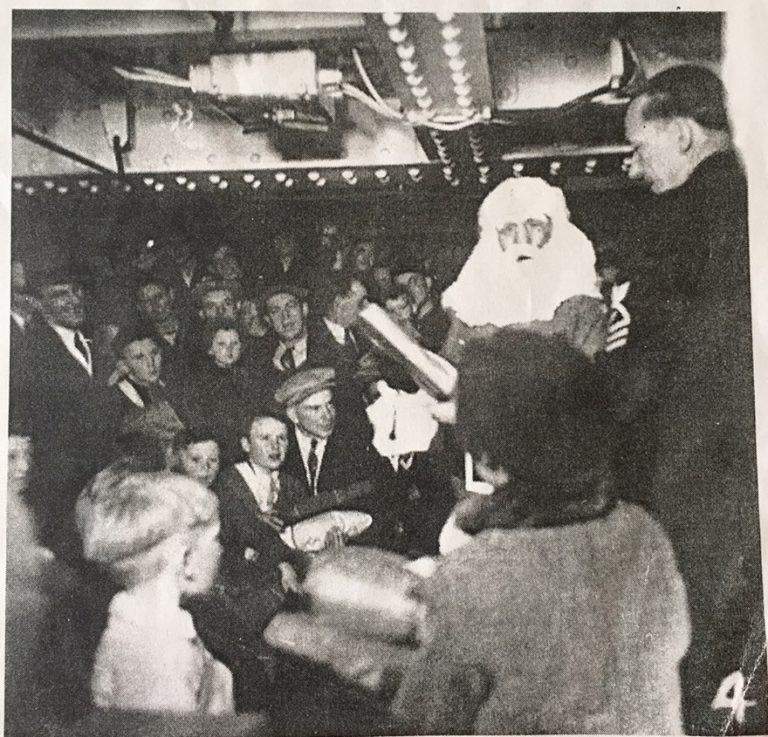
In late 2017, DNA researchers at McMaster University released a study published in the academic journal Current Biology. The headline across the Globe and Mail pertaining to this study, which was widely shared across social media, was “DNA deepens mystery of Newfoundland’s lost Beothuk people.” The article goes on to explain that mtDNA analysis was conducted on 74 ancient remains from Newfoundland, including 19 Beothuk remains and the rest being Maritime Archaic and Dorset. In early 2019, it was announced that 2 of these Beothuk would be coming back to their place of origin, the island of Newfoundland, which culminates a long campaign by Chief Mi’sel Joe of Conne River and other Mi’kmaq elders to return their remains.

Beothuk, Maritime Archaic remains tested in 2017
From the 2017 study, 52 of the Maritime Archaic skeletons were all from the same area, in Port aux Choix and only one from L’anse Amour. The Maritime Archaic samples are ancient samples going back thousands of years and the majority of Beothuk samples are within the last 1000 years, however there are 2 fairly recent Beothuk samples from around the year 1820. These are of Nonosabasut and Demasduit, murdered near Red Indian Lake by Europeans. It just so happens that these are the same remains of those two individuals that are in the process of being returned to their homeland after being in a museum in Scotland for over a century.
McMaster’s mtDNA analysis concluded that the Beothuk were not closely related to the Maritime Archaic individuals from Port aux Choix, but with a relatively small sample size from one area of the Island how can they be so certain? The maternal line of Nonosabasut carries the haplogroup X2a1b which is particularly found in the Western Chippewa, Obijwa tribes across the United States as well as in groups in Alberta and Manitoba even across to Algonquin groups on the eastern seaboard. The maternal haplogroup of Desmasduit is C1c, which was also found in the Maritime Archaic remains, and is abundantly found in various tribes across the Americas. Having a haplogroup alone does not constitute a close relation, however it does show that many of these groups originated out of the same lines thousands of years ago.
No Mi’kmaq tested against the Beothuk or Maritime Archaic remains?
One thing the study decided not to do was compare the mtDNA to living and/or ancient samples of the Mi’kmaq in the Atlantic provinces. It has been a long-held belief amongst Mi’kmaq elders and through descendants that there was friendly contact between the

Mi’kmaq and Beothuk in Newfoundland, as well further claiming there was intermarriage between the groups. There has also been evidence of the French and Basque friendly trading with both the Mi’kmaq and Beothuk in Placentia Bay at around the same times. So why wasn’t mtDNA comparison completed between the two groups? There is a large repository of full sequence mtDNA tests by those with Acadian roots on FamilyTreeDNA and there’s even a “NfldLab mtDNA” project there with hundreds of testers.
As the government draws closer to reaching a deal to bring back the Beothuk remains, there has been much discussion on where they are to be laid to rest. The consensus seems to be that they must be returned to Newfoundland and hopefully given a proper burial with ceremony. Members of the large Newfoundland Mi’kmaq communities on Facebook of “Friends of Qalipu Applicants” and “Ktaqmkuk” seem to wish for one thing to happen before this is completed: Further DNA testing. For so long their family stories and legends of the ancient Beothuk inhabitants of the island, and of Beothuk descendancy among the Mi’kmaq have prompted them to want to find out the truth. A way to prove their connection. With so few remaining Beothuk remains, this may be their only chance to prove a relation – if any.

Autosomal Testing (if possible) should be completed
Autosomal DNA testing is generally the most popular form of DNA testing for direct-to-consumers. You spit in a tube, sometimes swab, wait about 6 weeks and you get your results back. Within these results you get a swath of thousands of cousins whom match you on certain segments of your DNA across all 23 chromosomes. The more segments (and longer total length) you match on, the closer the relation. As these Beothuk remains are fairly recent, from around 1820, this type of testing could prove very useful. If there were siblings of Nonosabasut and Demasduit, cousins, or other close relations that married into European or Mi’kmaq families and had children they would show as distant cousins of those who take DNA tests today. This would ultimately prove a connection. Chief Mi’sel Joe has been a strong supporter of DNA testing on the Beothuk so hopefully the matter of autosomal testing is brought up with McMaster before they are laid to rest forever.





Awesome explanation! Thank you!
This may be interesting to some. https://www.tandfonline.com/doi/abs/10.1080/24701394.2018.1455190?journalCode=imdn21
What more information could autosomal testing provide?
Some may find this interesting: https://www.tandfonline.com/doi/abs/10.1080/24701394.2018.1455190?journalCode=imdn21
What information would autosomal dna testing add to this?
Chief Mi’sel Joe, from what I’ve read, is set on white washing and changing history, based on what is called the oral tradition. So political motivation. Whether or not there is a generic link between some Mi’kmaq and Beothuk is irrelevant. Same applies to my own ancestors, which are English, French, Irish, Mi’kmaq, and we are told Beothuk. The blood stains on the hands of our ancestors will never be removed.
Most importantly there is the possibility of more land claims for the Mi’kmaq. But opening that door will open it for every descendant out of Nortre Dame Bay, that carries just a hint of First Nation DNA.